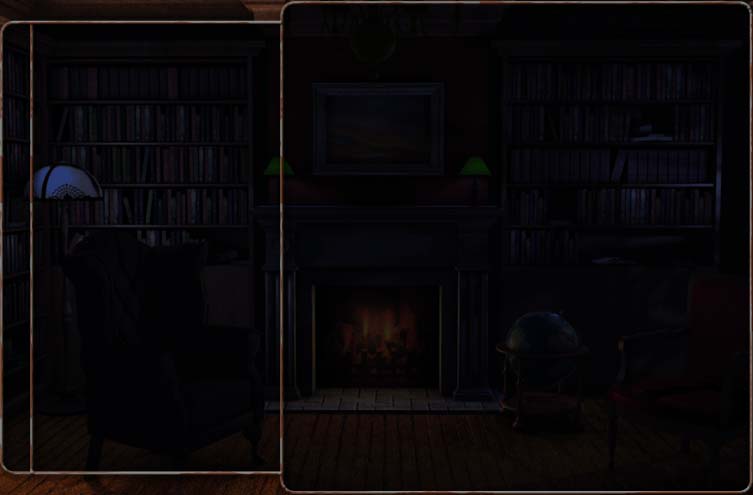
Note: This section of the archive was prepared by my fellow researcher, YOSHI77. The history of the Harlequins in Japan falls into four distinct periods:
A. Ronin Era
The first historical document that mentions swordsmen defending Japanese holy men appeared in the Nara Period of Japanese history (710-794). The spread of Buddhism by the Emperor Shōmu resulted in several famous incidents involving swordsmen fighting at temples. Gradually, a particular group of "ronin" (samurai unattached to a feudal lord) began to systematically protect Buddhist mystics. These samurai – eventually called the "Gray Ronin" – were especially active during the chaos of the Ōnin War which broke out in 1467. In eighteenth century, many of the mythical stories about these fighters appeared in the legendary "Tales of the Gray Ronin" – still a popular book in Japan.
B. Meiji EraThe end of the shōgunate and the opening up of Japan to the West occurred during the Meiji Restoration (1968-1912). Sword-carrying samurai disappeared and Japan began to industrialize. Not having feudal obligations, the gray ronin acting as Harlequins quickly adapted to these changes and many of them became involved in international trade.
The first contacts between Japanese and European Harlequins occurred in London in approximately 1870. A captured letter written from Kyoto in 1895 shows that the Japanese began to call themselves "Harlequins" and identified themselves as being part of a loosely organized international group.
C. Modern EraAfter World War I, Japan became one of the most powerful countries in the world. Although there national elections, the country was primarily run by the military and the zaibatsu (financial cliques of bankers and major industrialists). During this time the Yakuza (Japanese mafia) became as organized as the other institutions in the country and this criminal group entered into a long-term relationship with the Harlequins. The Yakuza provided weapons to the Harlequins and dealt with police pressure. The Harlequins provided international connections to the Yakuza, but consistently refused to get involved in criminal activity.
The Harlequins effectively protected Japanese Travelers and Pathfinders during the chaos that followed World War II. In the 1950’s, there were five Harlequins in Japan lead by Gajutsu (English translation: ginger root). There was very little Harlequin activity during this period and the group seemed to be just another sub-group that had found its place in post-war Japanese society.
In the early 1960’s, several Travelers began to organize anti-pollution and anti-corruption movements and this was seen as a barrier to progress by the nation’s leaders. After a series of secret negotiations, the Yakuza chiefs agreed to sever their long-standing relationship with Harlequins and received a payment of 60 million American dollars from the Japanese Brethren. On "Black Sunday" (March 4, 1965) all known Harlequins – with one exception -- were eliminated by Yakuza mercenaries.
D. Final Resistance
The young Japanese Harlequin, Sparrow, had planned to be in Tokyo during the weekend of Black Sunday. A few days before the Yakuza action, he argued with his teacher, Gajutsu, and traveled to Kyoto to see a sumo tournament.
Sparrow immediately left the country. When he returned to Tokyo two years later, he assassinated all the Yakuza involved with killing his teacher and then began an intense period of Harlequin activity. During this time, he defended the four Travelers still alive in Japan and destroyed a large number of Brethren mercenaries. The Harlequin's only allies were European allies and friends in the Japanese martial arts world.
Sparrow was eliminated in a confrontation at the Hotel Osaka in 1975. The history of the Harlequins in Japan ended with his death.